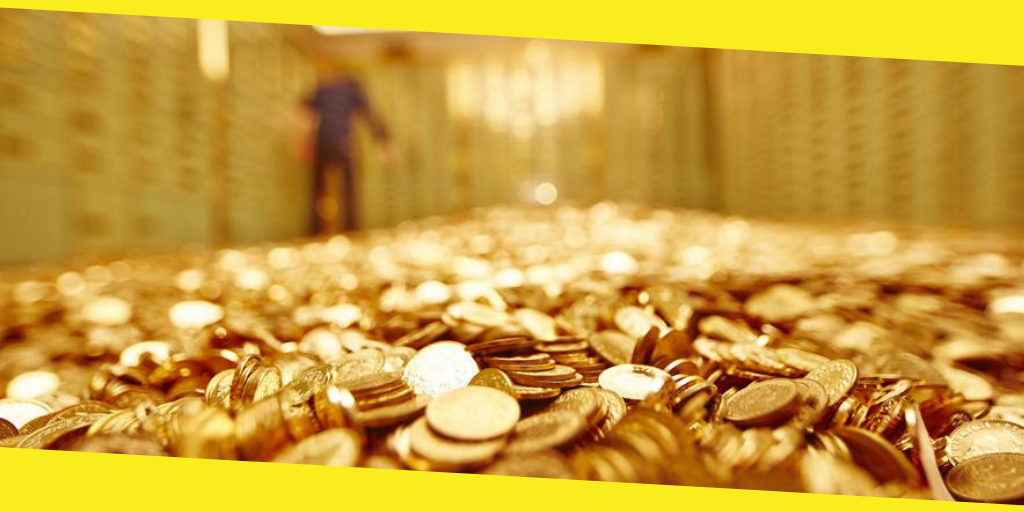
For anyone who has been watching the live price of gold, below are some of the factors driving trends and pumping money into the gold market.
Central banks continue to make easy money.
An easy monetary policy remains in place in the U.S., Japan, and from the ECB (European Central Bank). It’s a policy that’s been in place since the 2008 financial crisis nearly sent the world tail-spinning into a second Great Depression, staved off only by aggressive bail outs and pumping easy money into the economy. Unfortunately, when central banks engage in massive money printing, they devalue their own currency. While inflation hasn’t quite caught up to the risky behavior, some are questioning how long the world’s major currencies can retain their value if this keeps up.
Gold prices are finally rising.
2018 was not a great year for gold investors looking to cash out, with prices dipping below $1,200 to the chagrin of many short-term investors. But the last few months have seen gold rising up to and beyond $1,300 an ounce, a key resistance point that some market analysts predicted would be essential for gold reaching $1,550 by the end of the year.
It always pays to keep an eye on gold prices before you buy. You should always get the latest gold spot price before you make a new purchase.
Gold lease rates are tightening.
One sign that gold buyers look at to predict gold prices is gold lease rates. That’s how expensive it is to borrow gold, a mysterious practice done mostly by major banks (and a good reason you should keep your gold out of the banking system). Banks will borrow physical gold and sell it primarily for industrial uses – users who expect physical delivery. The banks will have to buy more gold in the future to repay it, intending to do so at a lower price. However, given the scarcity of gold and the looming possibility that all the borrowed gold in the world actually couldn’t be repaid, gold lease rates are tightening again.
Lease rates in 2008 were a strong 2.7%, fueled by a stock market crash that had investors fleeing toward gold. In the 1990s, gold rates were 9.9%, making it extremely expensive to borrow. Today it is much cheaper, around 1% in the early part of 2019, but rising rates are a sign that cheap gold is on the way out.
Spring and summer are the best times of year to buy gold.
For its 50-year history as a freely-traded commodity, gold has developed some important seasonal patterns. As a general rule, spring and summer are when the least is going on in the gold market. During the spring and summer, gold tends to make the smallest gains.
There is usually a big surge in the winter months while from September to December gold sees some of the highest gains of the year. The season is right for buying gold.
Get into gold now and enjoy bigger margins when gold prices turn bullish.